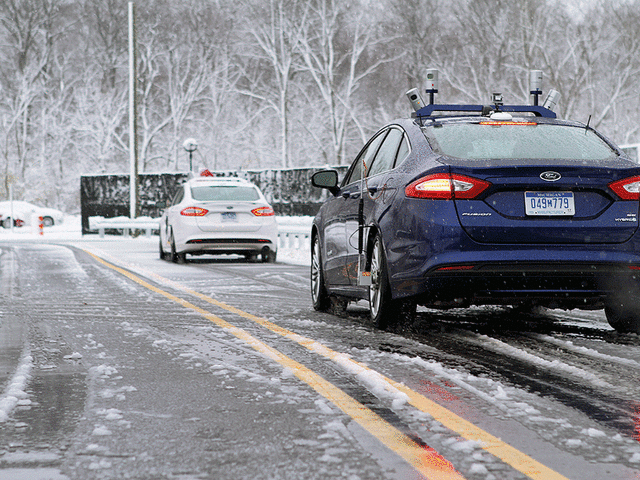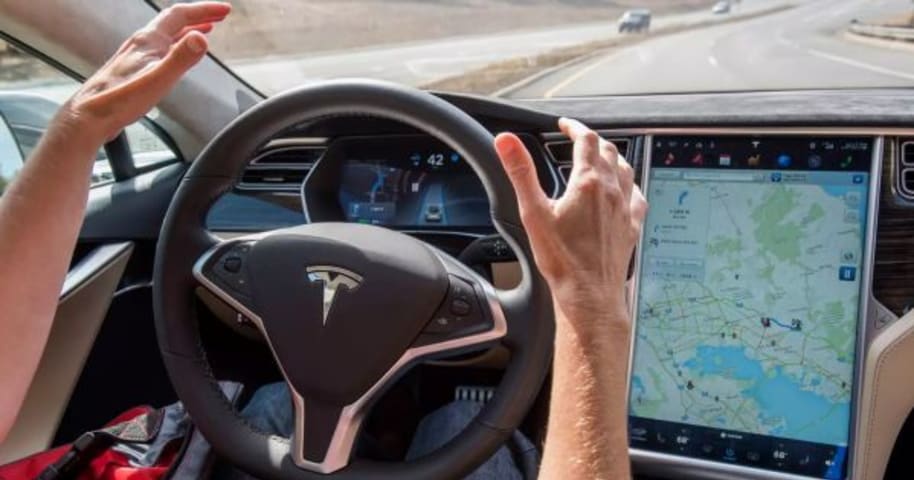Entities
View all entitiesCSETv0 Taxonomy Classifications
Taxonomy DetailsPhysical System
Vehicle/mobile robot
Level of Autonomy
High
Nature of End User
Amateur
Public Sector Deployment
No
Data Inputs
traffic patterns, radar, LIDAR, video camera footage
Infrastructure Sectors
Transportation
CSETv1 Taxonomy Classifications
Taxonomy DetailsIncident Number
70
Risk Subdomain
7.3. Lack of capability or robustness
Risk Domain
- AI system safety, failures, and limitations
Entity
AI
Timing
Pre-deployment
Intent
Unintentional
Incident Reports
Reports Timeline

DETROIT (Bloomberg) -- In Jokkmokk, a tiny hamlet just north of the Arctic Circle in Sweden, where temperatures can dip to 50 below, Volvo Cars’ self-driving XC90 SUV met its match: frozen flakes that caked on radar sensors essential to rea…

In Jokkmokk, a tiny hamlet just north of the Arctic Circle in Sweden, where temperatures can dip to 50 below, Volvo Cars’ self-driving XC90 sport-utility vehicle met its match: frozen flakes that caked on radar sensors essential to reading …

There will come a day when automated driving technology steps out of the controlled testing environments and into the real world. For Volvo, that day will arrive in 2017. But are self-driving cars ready to face the elements?
Volvo describes…

Fully automated cars don’t drink and drive, fall asleep at the wheel, text, talk on the phone or put on makeup while driving. With their sensors and processors, they navigate roads without any of these human failings that can result in acci…
Variants
Similar Incidents
Did our AI mess up? Flag the unrelated incidents
Similar Incidents
Did our AI mess up? Flag the unrelated incidents






